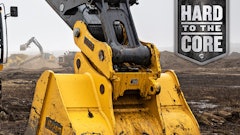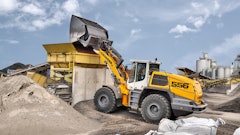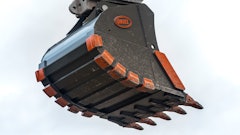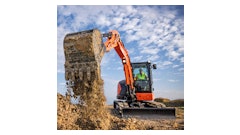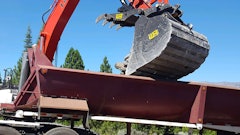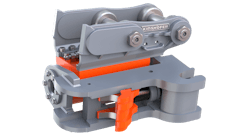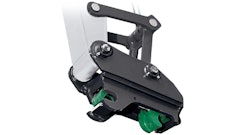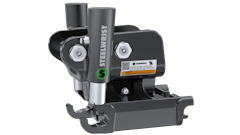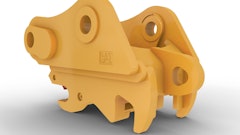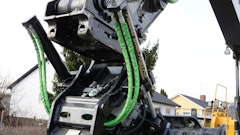In June, a construction worker in Ohio was working in a trench when the bucket on a nearby excavator came loose and pinned him against a water line that was being installed. The 34-year-old father of two died from his injuries.
In another recent incident, an excavator was being used to dig a pipe trench. The operator switched buckets and failed to securely connect the new bucket to the hydraulic quick coupler. The bucket fell and struck the bank of the trench before striking a laborer in the face. The laborer suffered non-fatal serious injuries.
Quick couplers have had a dramatic effect on the productivity and efficiency of excavator operation. They allow for fast attachment changes, often without ever leaving the cab of the machine.
However, as the examples show, quick couplers can present safety risks in certain situations. Of particular concern are pin-grabbing couplers, which use hydraulic pressure to “squeeze” hold of pins mounted on the bucket.
According to Bill Douglas, president of Kenco Inc., pin-grabbing couplers rely on the hydraulic system of the excavator to maintain sufficient pressure to hold the attachment. “The thing to worry about is if there is a hydraulic failure and there is no type of stop to prevent the ‘claw’ [of the coupler] from relaxing and letting go of the bucket,” he explains.
Most coupler manufacturers are now incorporating a safety pin or a blocking bar in the coupler design. However, safeguards don’t do much good if they aren’t used. “If a coupler has the safety pin, then the [construction] company has to have a procedure in place that requires operators to use the safety pin or they will be terminated — period,” says Todd Perrine, equipment manager for Kokosing Construction, Fredricktown, OH, and a noted authority on quick coupler-related issues. “That’s how it is here at our company.”
Kokosing’s strict coupler safety program is based on Perrine’s experience witnessing the aftermath of coupler-related accidents. “The problem is there is room for operator error. Even with training, there are still accidents,” he states.
“The safety pin eliminates any of those problems as long as it’s used.” He notes that most safety pins will not install until the coupler-to-bucket connection is correct.
Even with such safeguards in place, Perrine emphasizes the need to ensure the bucket is secure after each changeout. Most manufacturers recommend the following steps:
1. Install the safety pin, if applicable. 2. Cycle the bucket or attachment in and out for a visual look at the hookup, if possible. 3. Dig the bucket teeth into the ground and raise the machine up off the ground.Work the bucket back and forth to try to force it off the coupler. If the attachment does not dislodge from the coupler, it is okay to begin work.
“That’s a procedure that is done every time in our company when the buckets are removed and replaced,” says Perrine. The time it takes to perform this or other manufacturer-recommended procedures can literally mean the difference between life and death for those working around the machine.
For more insights on how to keep your jobsites safe, turn to the Construction Zone Safety Guide included with this issue.









